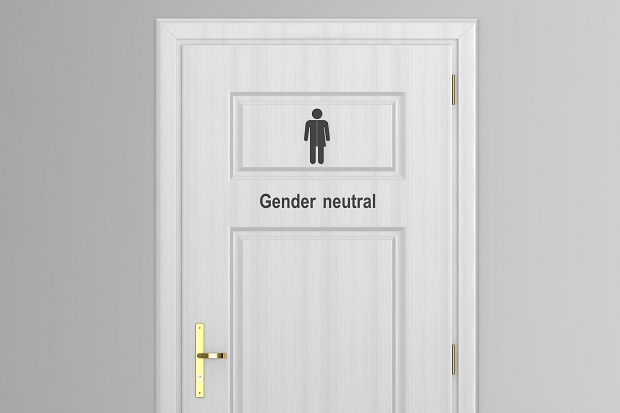
As a D&I practitioner, my antennas are always up when rising business trends fail to make the connection to diversity and inclusion work. I say often, that when humans are involved, so are diversity and inclusion. And this is the case with the meteoric rise of wellness initiatives in organizational life. For context, “The “wellness economy” was valued at more than $4 trillion in 2018, according to figures from the Global Wellness Institute (GWI). That’s roughly the combined GDP of the United Kingdom and Canada.” And companies have followed suit contributing to the $47 billion workplace wellness industry. The benefits of supporting employee health and well-being not only drive increased engagement and productivity, but save employers money in sick-leave, insurance, and other workplace costs from unhealthy workers. Not to mention that well-being is a cornerstone in the humanistic workplace movement. But what is the role of human differences and the equitable treatment of those differences in employee well-being?
What is the role of human differences and the equitable treatment of those differences in employee well-being? Share on XNot many studies or celebrations of well-being make the connection between the work of D&I and employee health. And a lot of D&I work fails to make the connection from the other direction to well-being. This is a shame given that a primary way marginalized groups experience bias and exclusionary policies in the workplace is through their physical and mental well-being. The research on stereotype threats and microaggressions, for example, are typically framed as issues related to engagement, productivity, innovation, or a sense of belonging—all of which are essential business priorities. But there is work to be done on making the connection between the mental and emotional toll on marginalized workers when they navigate organizational hierarchies divided by race, gender, disability, and sexual orientation.
The recent work by Jeffrey Pfeffer in Dying for a Paycheck: How Modern Management Harms Employee Health and Company Performance—and What We Can Do About It offers some useful data for D&I practitioners to use in efforts to make our case that our work is wellness work too. Notably, research on the importance of job control and autonomy on increased wellbeing can be used to look into what groups of workers are most likely to be in roles where their creativity and decision-making abilities are limited by the necessities of performing monotonous routine tasks for higher ups. If job control and autonomy are correlated with race, class, and gender divisions in organizations, this adds an additional D&I imperative to make sure that all workers are afforded fulfilling work and have a voice in their teams and organizations. Similarly, the health benefits of having social support at work—in the form of friendships and mentors—has implications for the ways we talk about the importance of employee belonging and inclusion. Who is likely to feel most isolated, alone, and experience the stress and anxiety of navigating exclusionary cultures than the most marginalized workers in organizations? The importance of having healthy, trusting, and inclusive cultures is a mental health issue with direct connections to D&I work.
Who is likely to feel most isolated, alone, and stressed in navigating exclusionary cultures than the most marginalized workers in organizations? Having healthy, trusting, and inclusive cultures is a mental health issue with direct… Share on XAlthough Pfeffer does not name D&I directly, the implications of his work to D&I are glaring and ripe for appropriation into stronger connections between D&I and employee well-being initiatives. I am a firm believer in recognizing and respecting the boundaries of organizational specialties and expertise. Employee wellness and D&I are not the same work. But the overlaps are glaring and the costs of missing them are too great to ignore. I am committing to be louder in my own work going forward that inclusion is also a wellness issue.
Employee wellness and D&I are not the same work. But the overlaps are glaring and the costs of missing them are too great to ignore. Share on X


![Managing the Toll of DEI Work: The [Diversity] Struggle is Real](https://theinclusionsolution.me/wp-content/uploads/2020/01/toll-of-DEI-work-intro-440x264.jpg)
![Decolonizing Diversity, Equity, and Inclusion Work: … Means Naming White Supremacy Culture [In Ourselves] Part III](https://theinclusionsolution.me/wp-content/uploads/2019/08/GettyImages-831657190.jpg)













